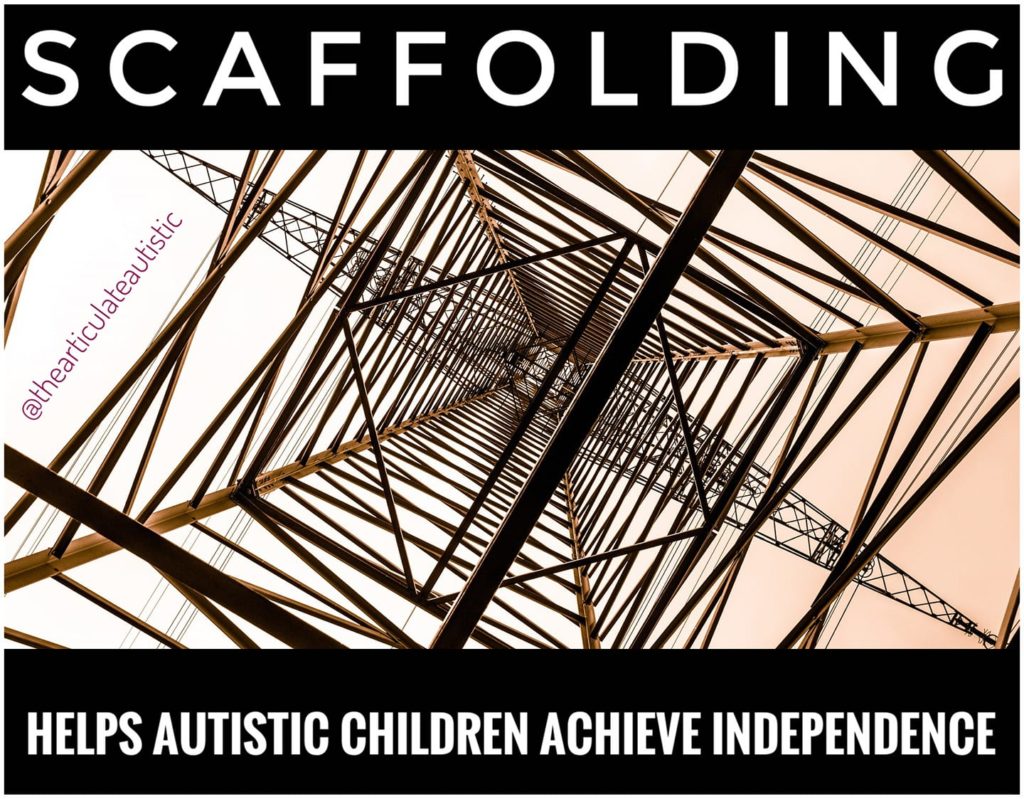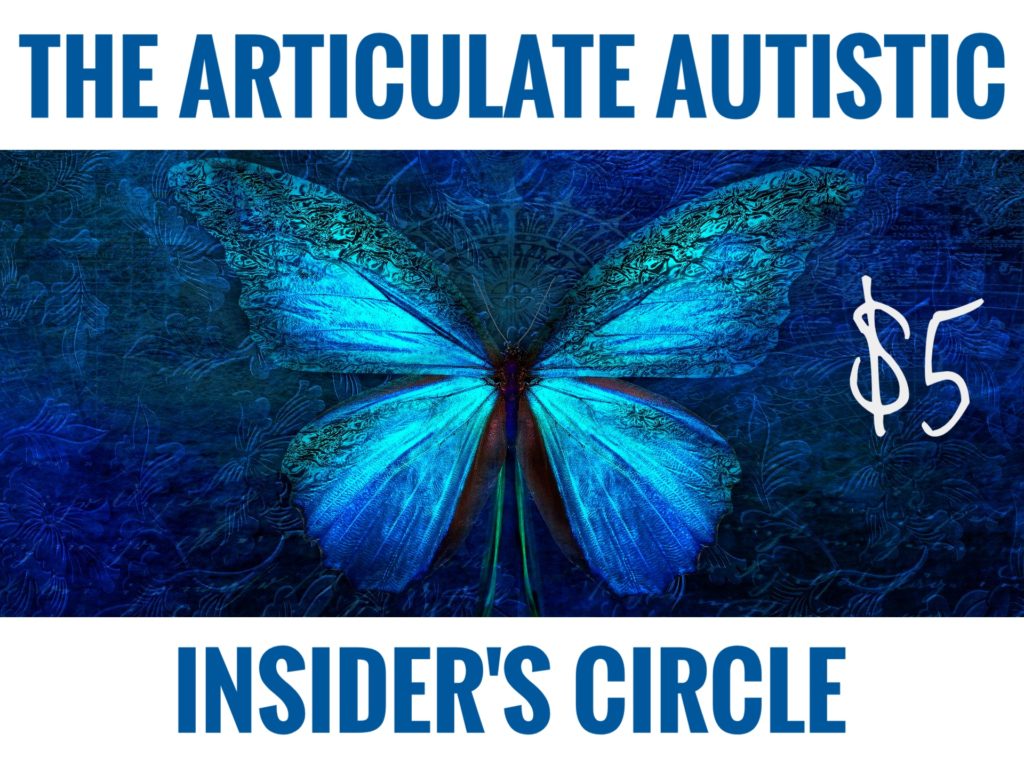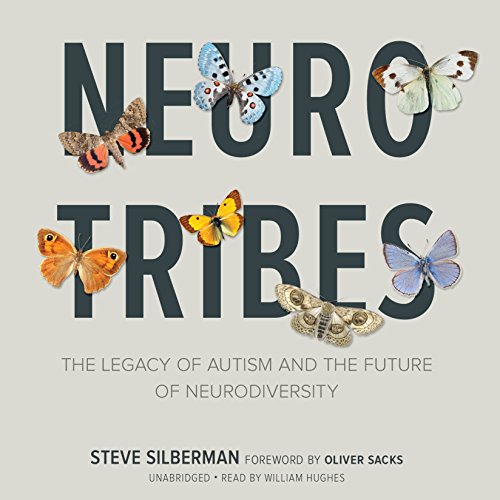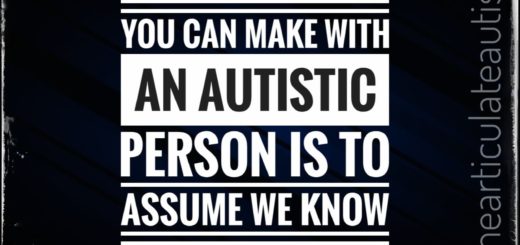Scaffolding – A Learning Technique That Helps Autistic Children Achieve Independence

I learned THE coolest term yesterday, and I’m so excited about sharing it, I could burst!
“Scaffolding” is a teaching technique that helps autistic children achieve independence.
I’m not sure who originally came up with this process, but honestly, any time I have ever taught someone how to do something, I’ve used this method without ever realizing that I was doing anything special.
So, here’s how it works:
The idea is to build a “scaffold” or framework when teaching a new skill and then slowly withdrawing support as the child’s skills get stronger and stronger.
Let’s say you want to teach an ND (autistic) child how clean their bedroom a certain way:
1) Start small, say, making the bed. Show your child how to make the bed while you explain in explicit detail how to go about doing it. Don’t leave anything out. You’re not being patronizing or redundant, we NEED these tools!
2) Show the child every single step as many times as necessary while explaining aloud exactly what you’re doing and why.
3) Once your child seems ready, have them do the task with you while explaining. We’re by-rote learners. It’s kind of like learning the lines to a play. Eventually, we’ll have it memorized.
4) Once your child seems ready, have them do the task on their own while you verbally explain the steps.
5) Once your child seems ready, have them do the task on their own without verbally explaining the steps unless they get stuck.
6) Take a photo of the completed chore and put it on a board where they can see it and refer to it, so they can eventually do it on their own.
7) Don’t force anything, and, above all, be patient.
8) Move on to the next task, repeat all the steps above, and then, connect them together.
The trick is to be sure your autistic child has the first task memorized before adding the next one, or they will get overloaded, and chaos will ensue.
Also, and I know this is true for me, you only want to teach one task at a time until mastery is achieved because learning something new right after learning another new thing will cause the first new thing to walk right out of our heads to make room for the newest new thing.
(If that last part is at all coherent. 😄)
Teaching a person with a mind that works differently than your own can be frustrating at time, but please resist the urge to say “nevermind” and do the task yourself. Click on the photo below to learn why this is the least effective way of teaching an autistic person independence.
The best way to improve communication with your autistic loved one is to understand how your autistic loved one’s mind works! Intentions, motivations, and personal expressions (facial expressions or lack thereof, body language, etc.), are often quite different in autistic people than they are in neurotypical people.
Experience a better understanding of your autistic loved one by reading books about life from an autistic perspective as well as stories that feature autistic characters. You’ll have so many “Ah ha!” moments and start seeing your autistic loved one in a different light (and you’ll have a better understanding of their behaviors, which you may have been misinterpreting up until now).
Books I recommend for a better understanding of your autistic loved one:
Follow me on Instagram.
Want downloadable, PDF-format copies of these blog posts to print and use with your loved ones or small class? Click here to become a Patreon supporter!









Totally agree… thanks for posting this insightful article… great help